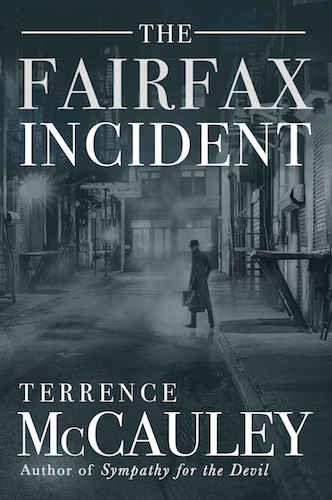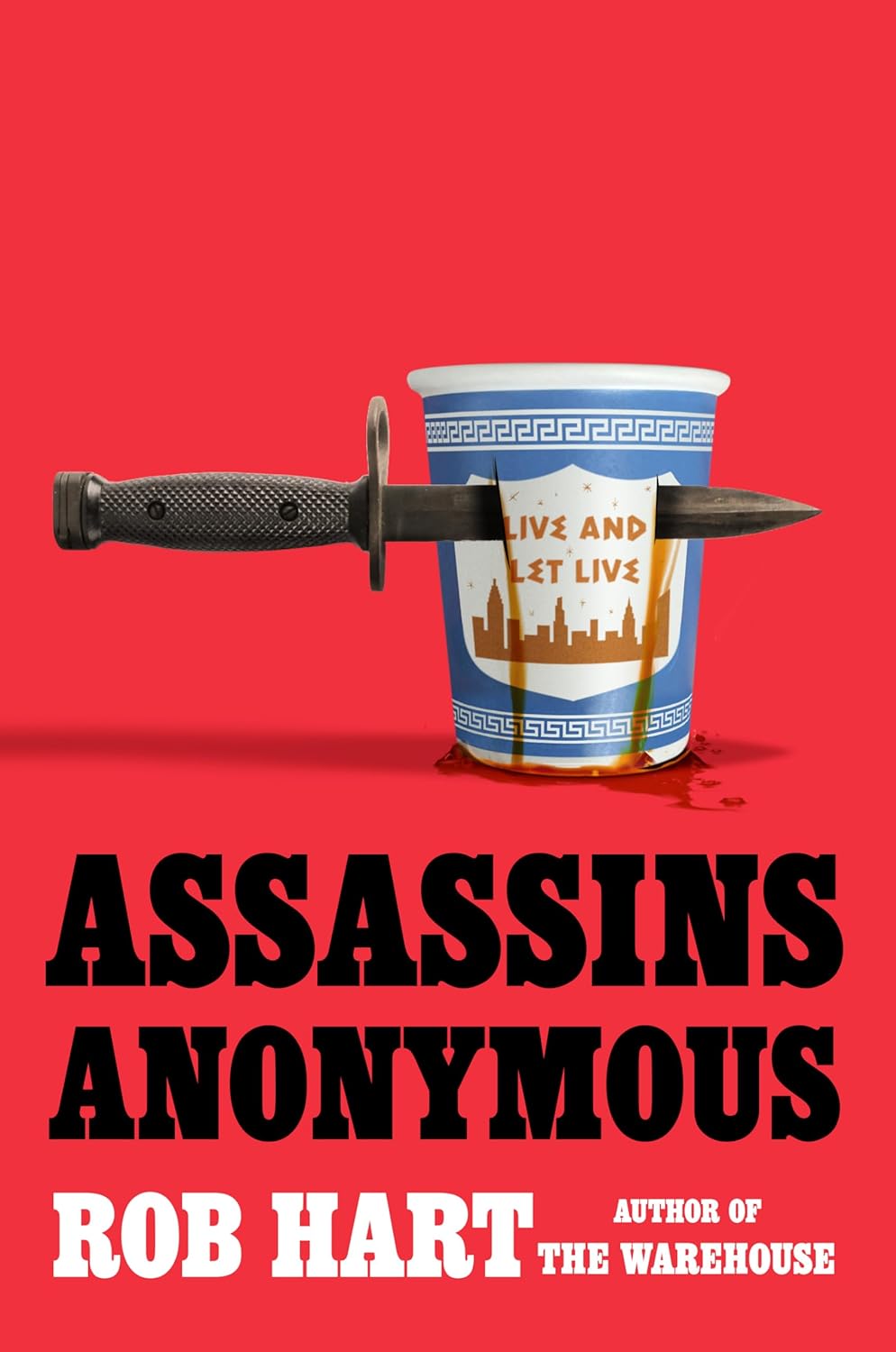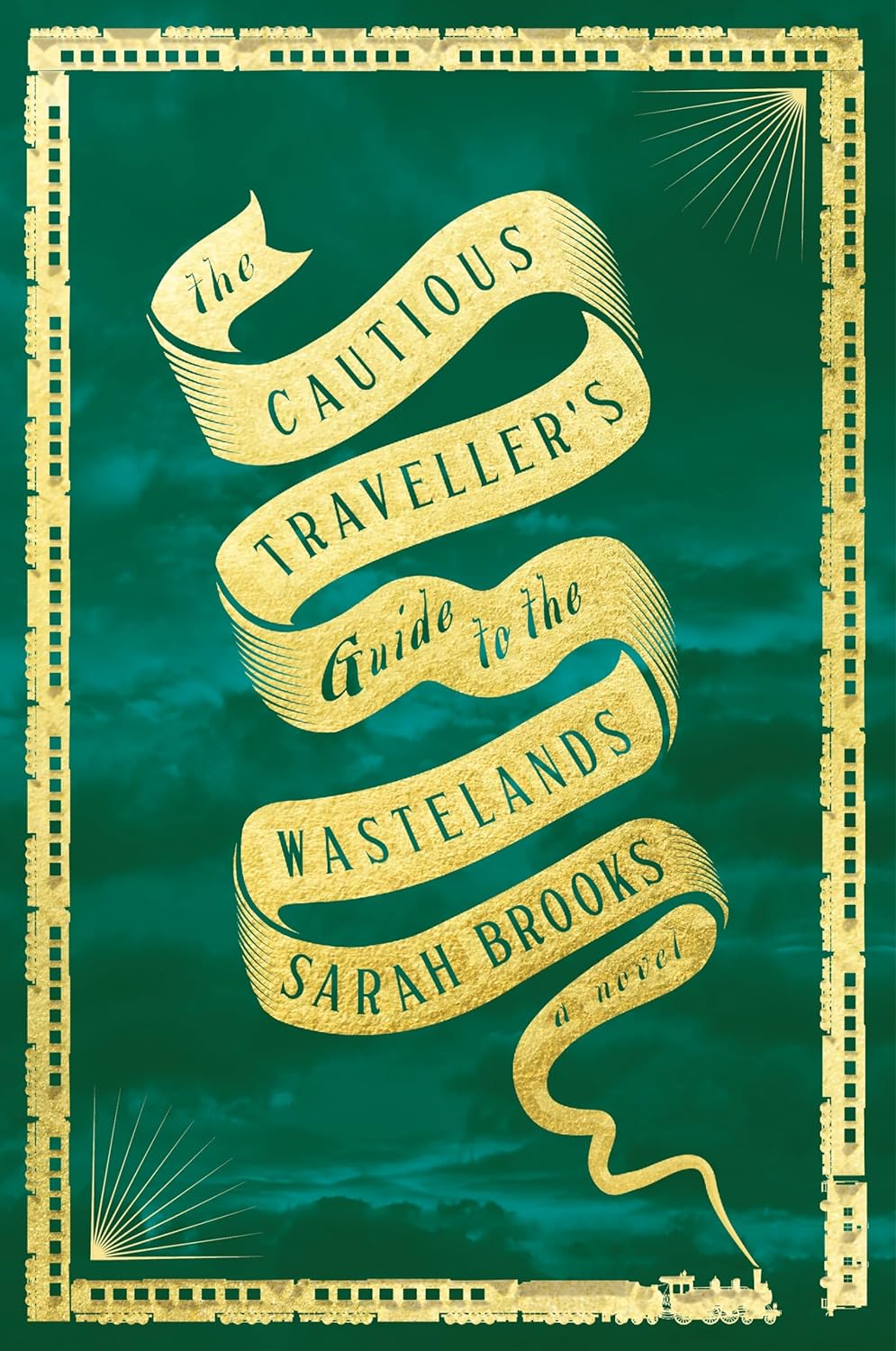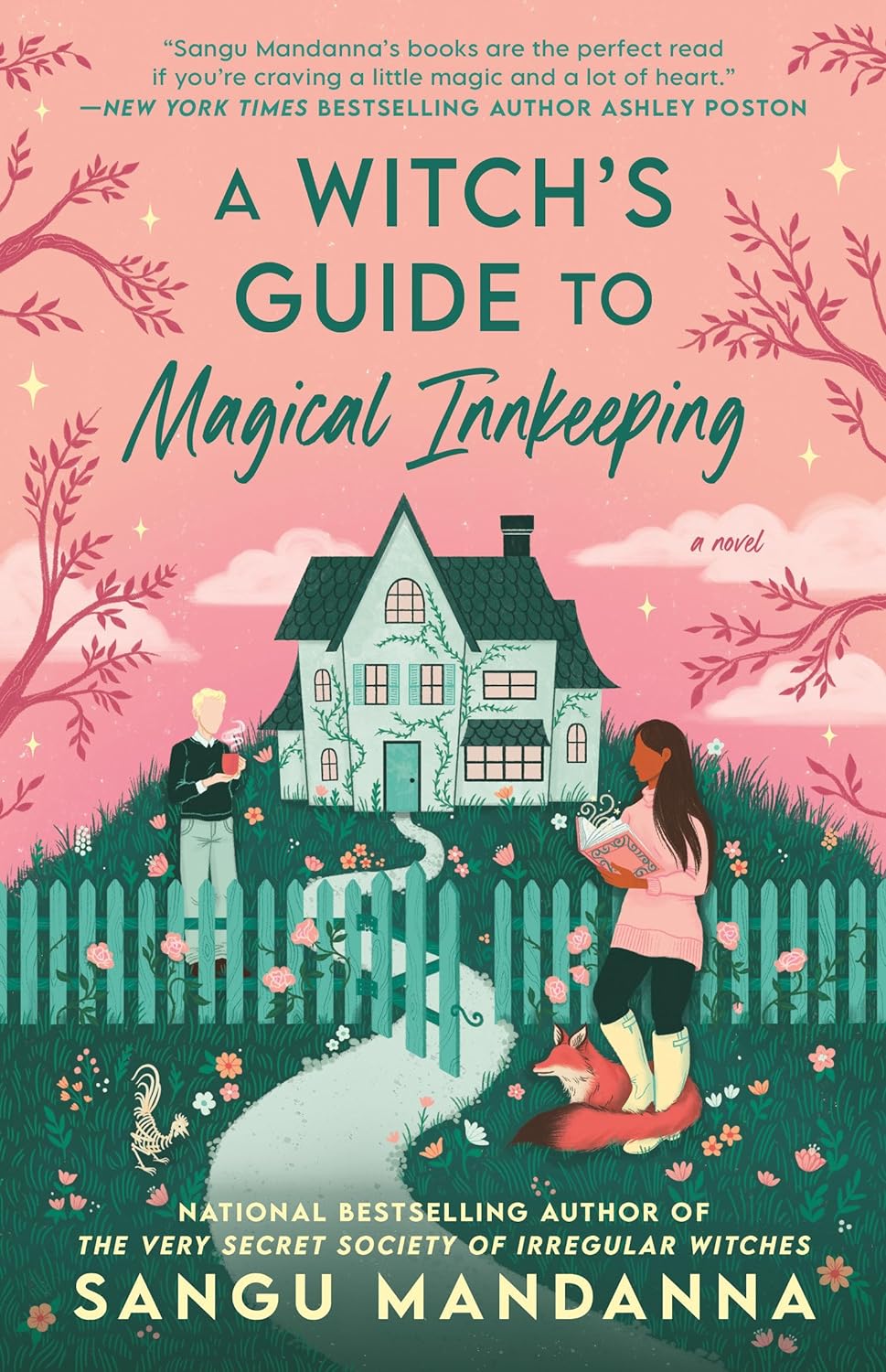 The Importance of Authentic Diversity in Crime Fiction
The Importance of Authentic Diversity in Crime Fiction
Authentic diversity in crime fiction is more important than ever before. If the genre is going to survive, it needs to evolve with the times and ride the waves of change surging through our culture. That means not only encouraging more diversity among authors, but within the stories all of us write as well.
That means we have to change and change can be scary, especially in publishing. I see it as an opportunity to expand the genre’s audience to include not only younger readers, but new adult readers of all ages.
Some writers may seek to embrace this change wholeheartedly and to do their very best to make their work as diverse as possible. They’ll pound the table and righteously declare that they’ll make their next work the most diverse story they’ve ever done.
But like anything else, too much of a good thing can be bad for the story. There’s a stark difference between changing the paradigm of a genre and pandering to an audience and those who have been disenfranchised by society have been pandered to far too long. They deserve better and so does the audience as a whole.
The key to diversifying the genre is to strike that most delicate balance between authenticity and a modern audience craving diversity. A female police officer in the 1800s? Possible, but it’s a stretch based on the history of the time. A modern day story about a plucky young-but-tough-female FBI agent/cop who’s tougher and smarter than any of her misogynistic male colleagues? It was fresh twenty years ago, but not so much now. The insightful, jaded LGBTQ character who pops up at just the right moment with just the right amount of inspiration to make the protagonist successful? No community’s presence in a story should be boiled down to a stereotypical punchline or a convenient plot device. We, as authors, can do better. Our audience deserves better.
 What to do? Let’s take the presence of women in stories. If I have any pride in my own work, it’s that every single female character in any of my works has always played a key role in the development of the plot. In my 1930s novels (PROHIBITION, SLOW BURN, THE FAIRFAX INCIDENT), I avoid the temptation – and the suggestion of some publishers – to have a gun moll pick up a Tommy gun and shoot it out with the police. I also resisted the opinion of some to give the male characters a plucky (there’s that word again) young female sidekick whose wisecracks were as sharp as her right hook. I didn’t write those types of characters because I didn’t want to give myself an easy way out. Instead, I wrote female characters who were far from the pearl-clutching, shrinking violets who swan through the stories and long for their man ‘who done them wrong’. Instead, I took a cue from James M. Cain and wrote women who impacted the male protagonist greatly through their influence on him and, as a result, change the arc of the story. In THE FAIRFAX INCIDENT, the main villain in the book is a woman, but far from the femme fatal one might expect in a noir story.
What to do? Let’s take the presence of women in stories. If I have any pride in my own work, it’s that every single female character in any of my works has always played a key role in the development of the plot. In my 1930s novels (PROHIBITION, SLOW BURN, THE FAIRFAX INCIDENT), I avoid the temptation – and the suggestion of some publishers – to have a gun moll pick up a Tommy gun and shoot it out with the police. I also resisted the opinion of some to give the male characters a plucky (there’s that word again) young female sidekick whose wisecracks were as sharp as her right hook. I didn’t write those types of characters because I didn’t want to give myself an easy way out. Instead, I wrote female characters who were far from the pearl-clutching, shrinking violets who swan through the stories and long for their man ‘who done them wrong’. Instead, I took a cue from James M. Cain and wrote women who impacted the male protagonist greatly through their influence on him and, as a result, change the arc of the story. In THE FAIRFAX INCIDENT, the main villain in the book is a woman, but far from the femme fatal one might expect in a noir story.
In my modern techno-thrillers (SYMPATHY FOR THE DEVIL, A MURDER OF CROWS and A CONSPIRACY OF RAVENS), former Mossad agent Tali Saddon not only affects the protagonist’s life, her actions steer the course of the entire series. I didn’t just shoe-horn her into the story by making a male character female and changing around some scenes. From the beginning, I wanted a character whose essence was woven into the fabric of the books to make sure she was not just a stock character and certainly wasn’t window dressing. She and the other female characters in that series are strong, meaningful and essential to the plot. I wouldn’t have it any other way.
I’ve also made an effort to include people of color and varying sexual preferences into my stories. A lot of male Caucasian writers are afraid of doing this and, as a result, don’t do it well. The characters who are people of color in my books are not just there for the sake of diversity, but are written in a way that their respective ethnicities play a part in their role in the story. In my University series, the former Dean of the organization is African American, as are some of the operatives who are Indian and Israeli. And although terrorism plays a key part in those books, I refuse to portray Muslims as the wild-eyed maniacs who appear in other books in the genre. I don’t try to portray terrorists as heroes, either, but as people who are dedicated to their ideals as much as the protagonist, James Hicks, is to stopping them.
I’ve also gone to great lengths to make sure my LBGTQ characters don’t just pop up with convenient, witty comments at the right time or provide emotional guidance for the protagonists. Nor are they there for, God help us, comedic relief. Fatty Corcoran (PROHIBITION) and Roger Cobb (The University Series) don’t simply support the main character, but drive much of the plot because of their life experiences and their attributes that move the story forward.
I’ve taken some heat from traditionalists who didn’t like me putting different types of characters in roles traditionally featuring Caucasian men. But you know what? I don’t care because I tell the kinds of stories I want to tell in the manner I want to tell them. Our audience deserves that kind of effort. And if crime fiction is going to remain relevant, we’re all going to have to work a little harder to make sure everyone is represented fairly, accurately and often.








No comments yet.